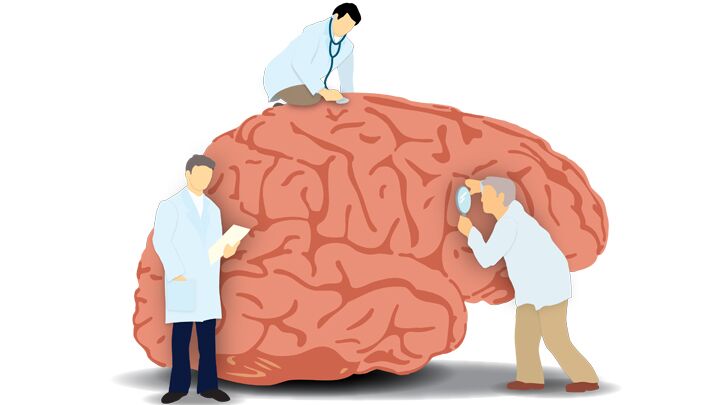“As humans, we are capable of studying particles smaller than atoms and identifying galaxies years away, but we have not yet solved the mystery of the three kilograms of matter between our ears.” The truth of humanity’s attempts to understand the human brain can be seen in these words. On April 2, President Barack Obama addressed them at the White House, highlighting recent discoveries about the human brain, which he compared to the Human Genome Project.

To help scientists build a dynamic map of the human brain in action, the President proposed allocating $100 million. With this funding, the Brain Initiative (Brain Research Through Advanced Innovative Neurotechnologies) will be launched. This massive initiative will integrate innovative technologies developed over the past three years.
My extensive experience in interdisciplinary consortia, first as a biology coordinator for almost 15 years in a series of European future and emerging technologies (FET) projects (Life-Like Perception, Bio-I3, Open FET: sense maker, FACETS, question of neurons, and global cavitation of the mecca of neurons respiration. advantages and disadvantages of the scientific approach created by the HBP program This should not be construed as an evaluation of the technological platforms developed by the project, which I have not used, nor of the results generated by reputable scientists and colleagues, some of whom I have had the pleasure and honor to collaborate with.

To better understand brain diseases, we need to understand these pathways. Communication between neurons and other cells, as well as between the brain and other parts of the body, is impaired in nearly all brain diseases and disorders. “Just as scientists came together to decipher the human genome, they are now joining forces for a more ambitious and complex task: mapping brain connections and understanding how the code behind electrical activity in the brain is used to perceive and process information and generate movement,” said David and Gre, “The Synapse and Circuit Dynamics Laboratory.” This is one of many research centers around the world focusing on this area.

